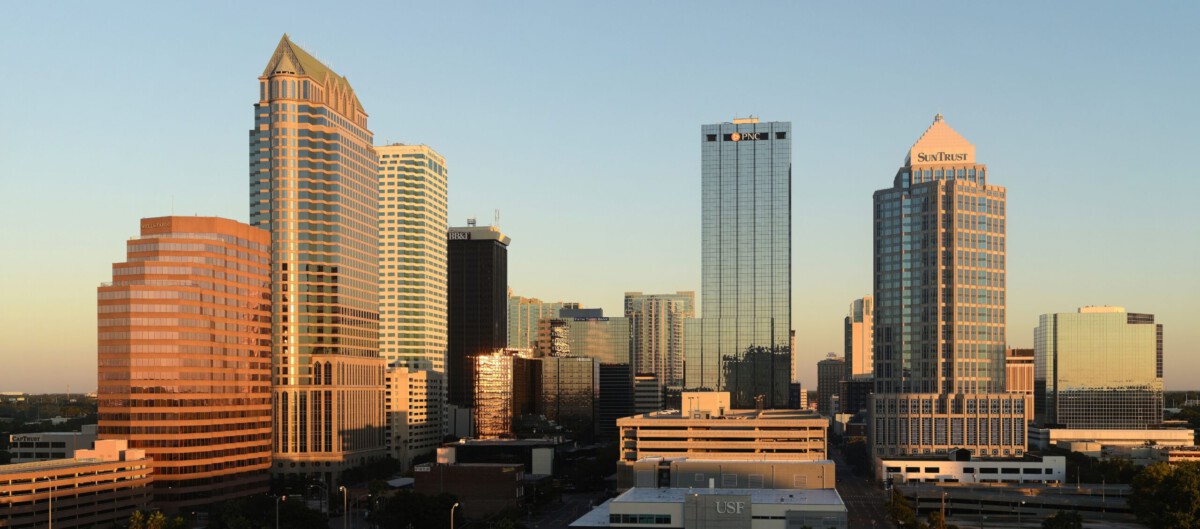Miami Takes the Crown of Housing Hell
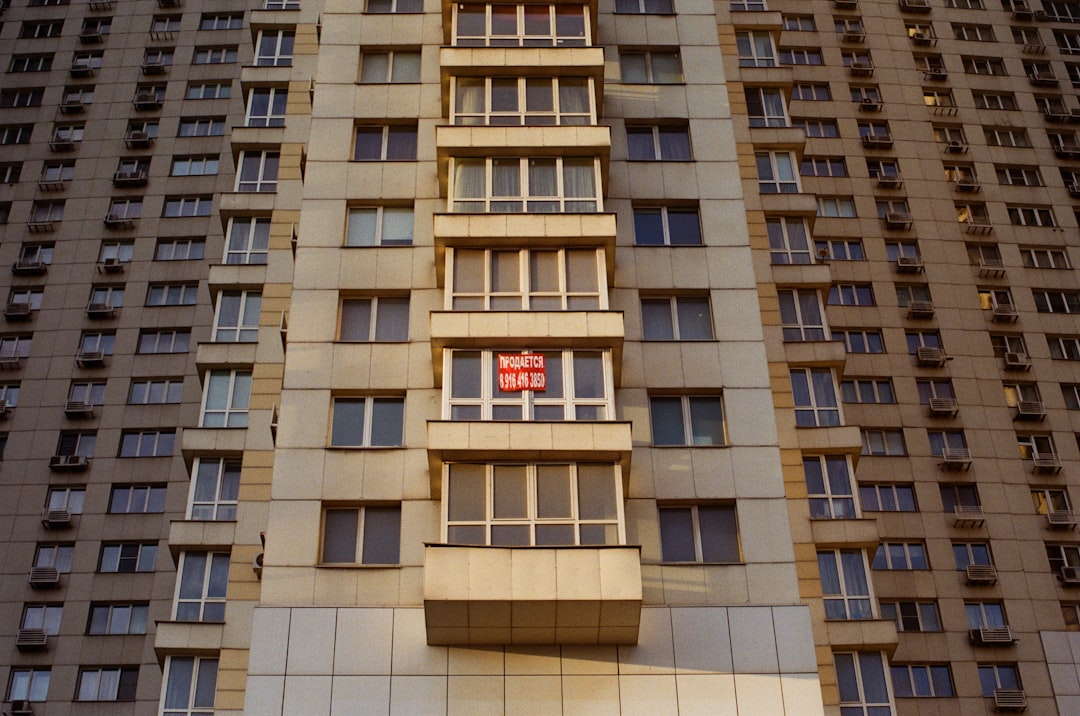
Imagine opening your paycheck and watching over 37% of it vanish into thin air—that’s reality for Miami renters today. While Miami being at the top of this list may surprise you, Florida’s lower median incomes contribute to its lack of affordable housing. Here, the average person spends over 37 percent of their income on housing, which is in line with New York, which is a city with less housing inventory and higher demand than Miami. The sun-soaked beaches and vibrant nightlife come with a price tag that’s crushing dreams faster than you can say “bienvenido.” While rent increases have slowed down a bit compared to previous years, the average rent in Miami is still relatively high at $2.62 per square foot in 2023. Unfortunately, Miami rent prices rose higher than the national average of 0.8 percent, and it’s expected to continue to climb. Workers earning decent salaries elsewhere find themselves struggling to make ends meet in Magic City, where the magic trick is making your paycheck disappear before the month ends. This isn’t just about expensive real estate—it’s about a fundamental mismatch between what people earn and what landlords demand.
New York City Still Breaks Banks Like It’s an Art Form
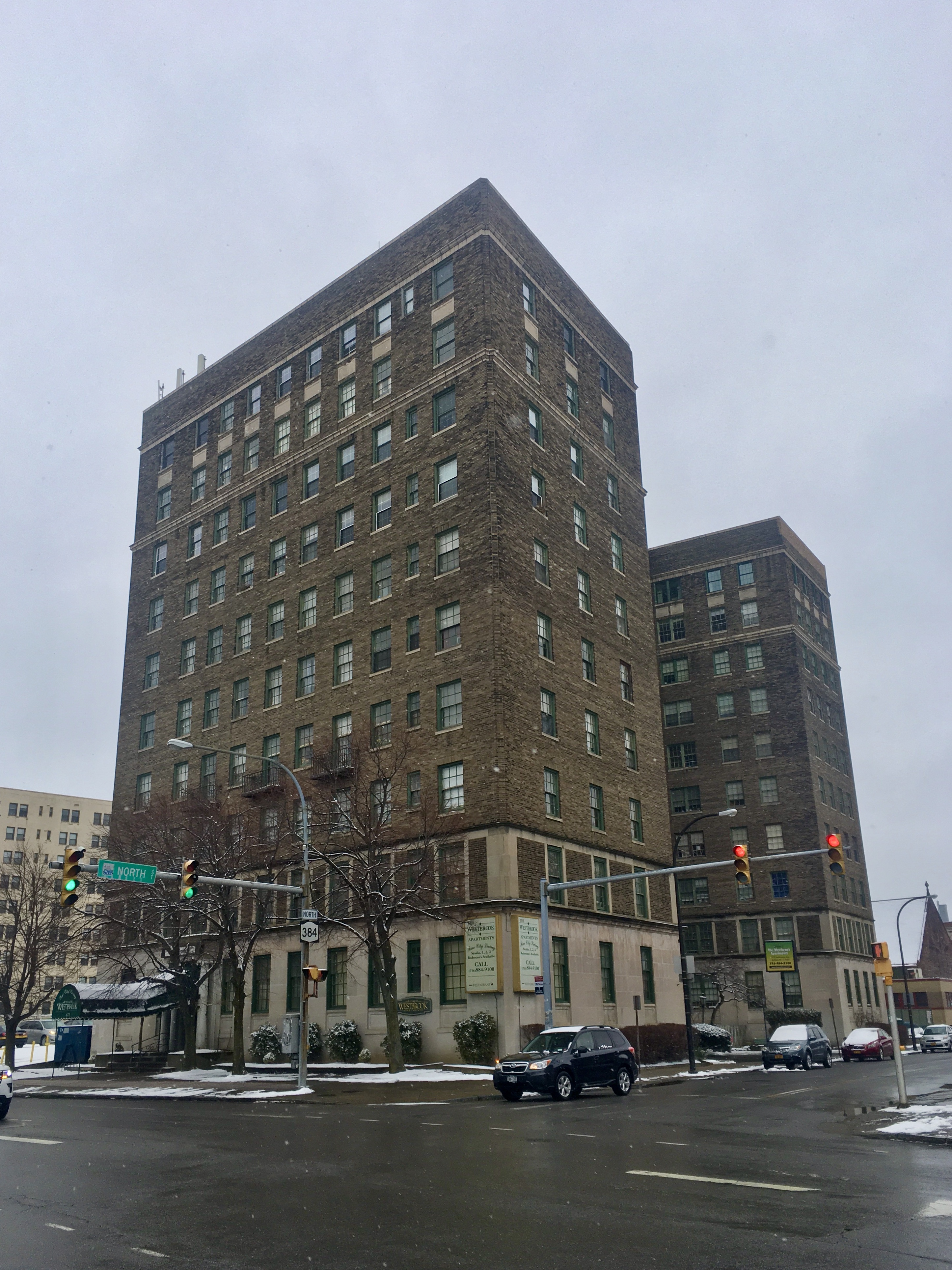
The New York City housing market is notoriously difficult to navigate. Double-digit broker’s fee percentages, uber-competitive applications, and surge pricing during prime rental seasons (i.e., summertime) all contribute to the area’s rental problems. Despite the issues, renters are willing to spend 37 percent of their income on rent, and demand shows no sign of slowing down. Walking through Manhattan, you’ll pass tiny studios that cost more than most people’s annual salaries elsewhere. During the peak of the COVID-19 pandemic, rents in New York City temporarily dropped. However, they have since recovered and are now increasing. Currently, the average asking rents in New York are estimated at $3.92 per square foot, which is lower compared to San Francisco.. With a vacancy rate of only 2.5 percent, the housing market in this city is highly competitive. The concrete jungle doesn’t just eat dreams—it devours entire paychecks with the efficiency of a Wall Street algorithm. You’re not just paying for four walls and a roof; you’re paying for the privilege of living where pizza costs $3 a slice and hope costs even more.
Los Angeles Turns Dreams Into Financial Nightmares

Hollywood might promise stardom, but LA delivers debt faster than you can audition for your first commercial. The Los Angeles rental market is more affordable due to its lower median rent and share of income, hovering just below 36 percent. A larger housing inventory and a more spread-out city structure make the West Coast market easier to navigate for buyers and renters alike. That “more affordable” label is laughable when you’re still surrendering over a third of your income to keep a roof over your head. Los Angeles concludes our list of the highest-rent cities in the U.S. For $2,300, you can have a one-bedroom apartment in Los Angeles. To add, according to US News, the high cost of housing in Los Angeles is largely a result of the lack of affordable housing options combined with the high number of new residents arriving. The City of Angels has become the City of Empty Wallets, where people work multiple jobs just to afford a cramped apartment miles from the beach they moved there to enjoy. Your California dream rapidly transforms into a financial nightmare that even the perfect weather can’t cure.
San Francisco Makes Tech Salaries Look Like Minimum Wage

San Francisco pairs postcard-perfect views of the Golden Gate Bridge with world-class amenities, all packaged in a compact layout. These qualities help make San Francisco a dream destination. However, an eye-watering cost of living now leaves many racing to find affordable housing. Tech giants have transformed the quirky city into a haven for high-earning professionals, sending housing prices sky-high. San Francisco still holds the crown as the most expensive rental market in the country. On average, renters pay around $4 per square foot, which is more than double the national average of $1.86. Although there was a slight dip in rent during the last few months, sitting at around $3.98 per square foot compared to the peak of $4.04 earlier in the year, San Francisco is still the most expensive city for renters in the nation. Even software engineers making six figures feel the squeeze in this fog-covered financial trap. The irony is thick as the morning mist: the people building technology to make life easier can barely afford to live where they work. It’s like earning Monopoly money in a game where all the properties are already owned by someone else.
Boston Serves Up Educational Excellence with a Side of Bankruptcy
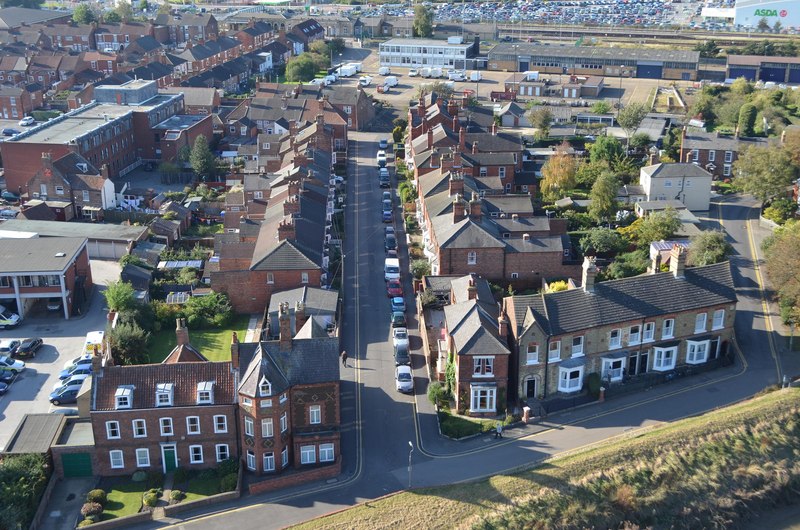
Home to world-class universities and championship sports teams, Boston delivers culture and history—along with rent bills that make you question your life choices. Boston is a secret hot spot for young renters, thanks to its robust job market and varied housing inventory. Despite higher median rents than other areas on this list, people spend only 32 percent of their income on housing, just above the recommended 30 percent financial guideline. Housing prices in Boston vary depending on the neighborhood. But it tends to be higher than the national median, coming in at around $750,000, Investopedia notes. According to Visual Capitalist, the average rent for a one-bedroom apartment is approximately $2,830 per month. The city that birthed American independence now holds wallets hostage with rents that would make King George III blush. Students graduate with degrees and debt, then discover that their first job barely covers their studio apartment near Fenway Park. Even the tea party protesters would riot again if they saw these housing costs.
San Diego Charges Premium Prices for Perpetual Spring

“America’s Finest City” comes with America’s finest price tag attached to every lease agreement. San Diego is “America’s Finest City” for good reason. Surfing, craft breweries, fresh fish tacos, historic neighborhoods, winding brick roads, and a great quality of life make for a wonderful place to live. Biotech, military, and tourism power the thriving city. However, the beachside dream comes at a cost. Thanks to skyrocketing housing costs and a tourist-friendly dining scene, San Diego has become the second-most expensive city in the U.S. San Diego, California, boasts a moderate median rent of $2,695 per month. In this area, renters are using 31 percent of their annual income to pay for housing. The perfect 72-degree weather year-round apparently justifies rent prices that would make Arctic explorers shiver. You pay beach town prices even if you’re living miles inland, surrounded by strip malls instead of surfboards. The sunshine tax is real, and it’s expensive enough to make you consider moving somewhere with actual seasons just to save money.
Seattle Drowns Dreams in Coffee and Cash

The Emerald City sparkles with tech money, but that same wealth has priced out everyone who isn’t coding for Amazon or Microsoft. Like San Francisco, Seattle is well-known for its thriving tech industry and high cost of living. With notable employers such as Amazon and Microsoft, the Seattle market offers a vibrant tech job market. The average asking rents are projected to reach $2.44 per square foot by the end of the fourth quarter. Strong international migration is making up for domestic out-migration in Boston, Chicago, Los Angeles, Miami, New York City, Orange County, San Diego, San Francisco, San Jose, Seattle, and Washington D.C. Between the rain, the traffic, and the rent, locals joke that you need waterproof bank accounts to survive. The city that gave us grunge music now gives residents financial blues that make Kurt Cobain’s lyrics seem optimistic. Even the famous coffee costs less per cup than your hourly rent contribution, which really puts things in perspective.
San Jose Makes Silicon Valley Silicon Expensive

Welcome to the heart of innovation, where brilliant minds create world-changing technology while living paycheck to paycheck. The most affordable city on this list—but still the tenth most expensive city nationwide—San Jose, California, has a confusing amalgamation of factors. Despite having the highest median rent on this list, $3,287, residents of this area have a much higher than average income, meaning they are only spending a quarter of their earnings on housing. San Jose sits in the heart of Silicon Valley, where tech giants feed a fast-paced economy – and soaring living costs. House and rent prices are the highest in the nation – 3-4 times the national rate – and even basic expenses like electricity and dining run 18-59% above average. The result is a place that can feel both full of opportunity and punishing on the wallet. The cruel irony is that people earning more money than their parents ever dreamed of still struggle to afford decent housing. Innovation capital of the world? More like the debt accumulation capital, where your smartphone is worth more than your monthly disposable income.
Tampa Sneaks Up on Your Budget Like Florida Heat
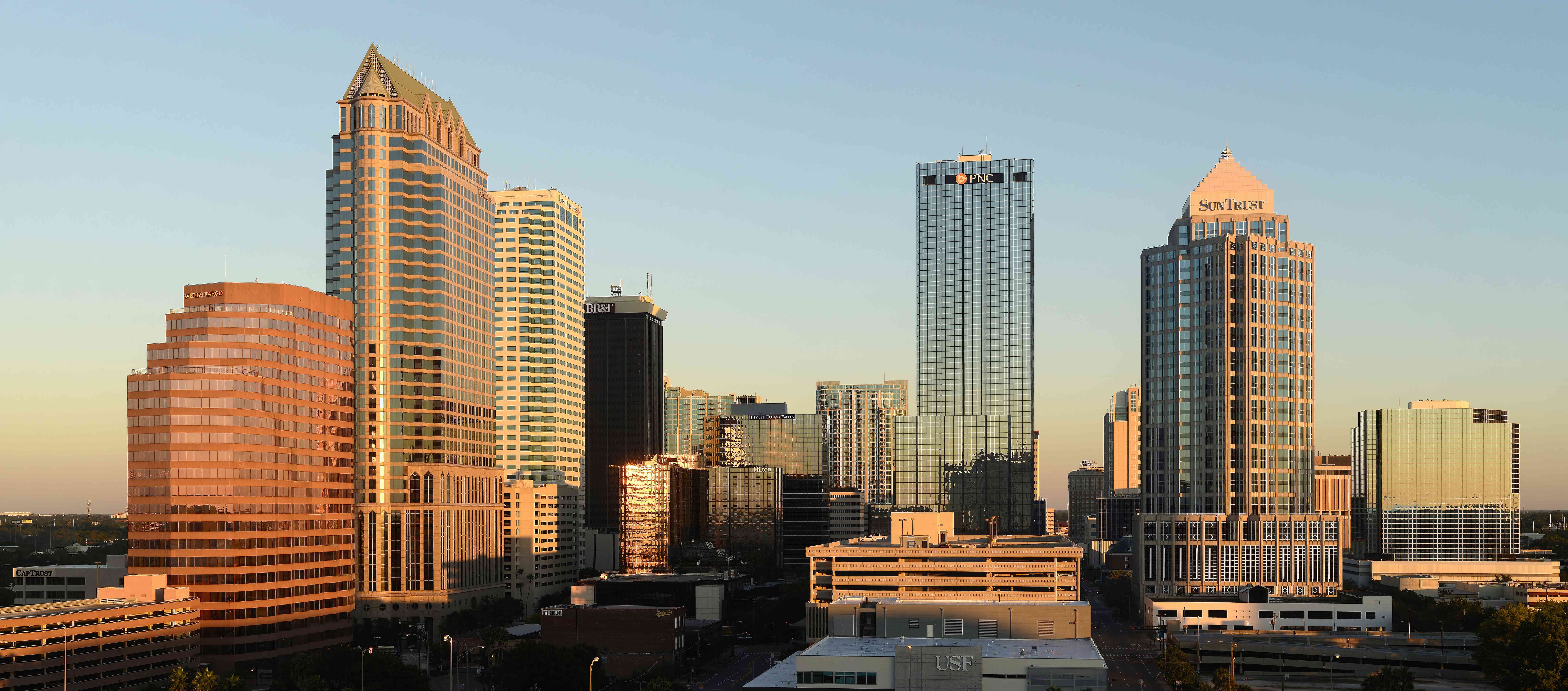
Don’t let Tampa’s laid-back Gulf Coast vibe fool you—this city’s rent prices strike faster than summer lightning. Tampa, Florida, is a surprising addition to this list, but due to the area’s low median income, people are spending a much higher percentage on rent costs (just above 28 percent). Here, the average rents are lower but the share of income spent is still somewhat high in comparison. Prior growth has turned negative in Orlando, Tampa, and Southwest Florida What makes Tampa particularly painful is the income-to-rent mismatch that hits residents like a category-five financial hurricane. You might save money compared to Miami, but you’re still drowning in housing costs relative to what local jobs actually pay. The city markets itself as affordable Florida living, but that’s only true if you’re comparing it to Manhattan or San Francisco—which is like saying getting punched is pleasant compared to getting kicked.
Denver’s Mile-High Rent Will Leave You Breathless
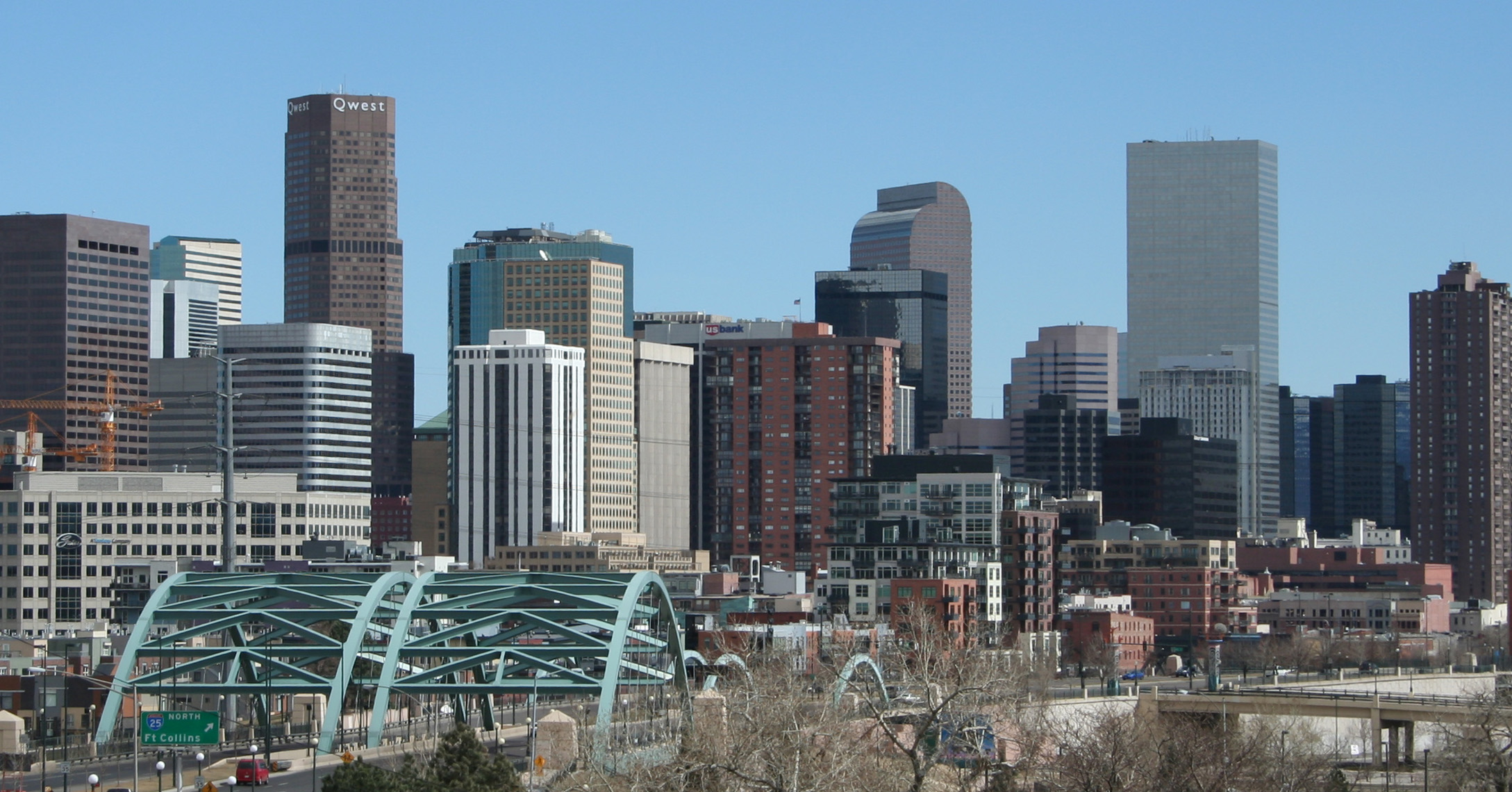
The Rocky Mountain high comes with altitude sickness when you see apartment prices in Colorado’s capital. The biggest decline is in Austin, where prices have dropped 2.3% in the past year, followed by Cape Coral, Florida (-1.5%), Denver (-0.9%) and San Antonio (-0.2%). Even with recent slight decreases, Denver residents still gasp at rent prices thinner than the mountain air. That said, we continue to see fairly steep year-over-year declines in the metros that have most rapidly expanded their multifamily inventory; these include Austin (-6.3 percent year-over-year), Denver (-4.8 percent), and Phoenix (-3.1 percent). Out-migration is increasing in Denver and Salt Lake City The outdoor lifestyle attracts people from across the country, but many discover that hiking is free while everything else costs a fortune. You can climb mountains for fun, but climbing out of rental debt? That requires serious financial mountaineering skills that most people simply don’t possess.
What started as affordable alternatives to coastal cities have morphed into financial quicksand that traps residents in endless cycles of rent payments. These aren’t just numbers on a spreadsheet—they represent millions of people choosing between groceries and housing, between saving for the future and surviving the present. The American dream has become a subscription service that most people can’t afford to cancel. Are you ready to sacrifice your financial freedom for the privilege of living where everyone else wants to be?

